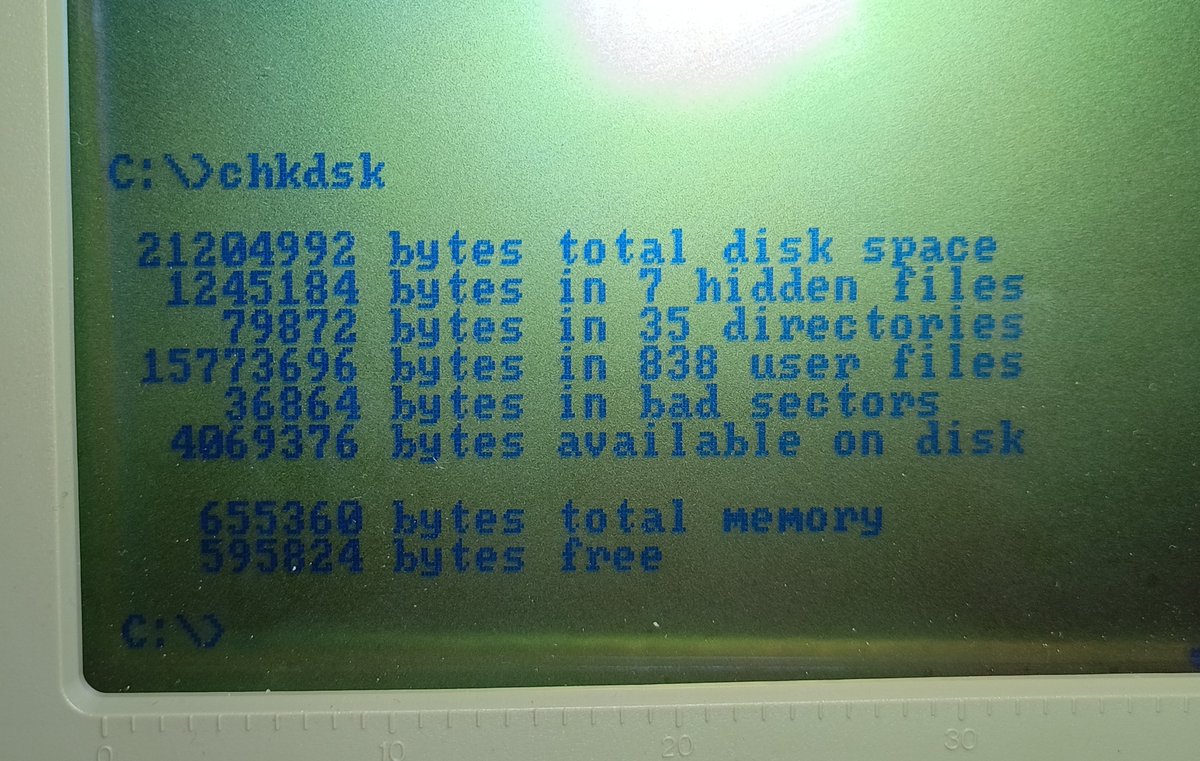Dear Steve, I wrote you but still ain't callin',
I left my cell, my pager, and my home phone at the bottom,
I sent two letters back in autumn, you must not-a got 'em,
There probably was a problem at the training ground or somethin'...
Sometimes I scribble addresses too sloppy when I jot 'em,
But anyways, fuck it, what's been up, man. How's Lee Charnley?
Bet he wants you to quit, with that contract they have to honour,
I bought your book for my daughter, you’re a great author,
Next I’ll buy her Sweeper!
I read about Joelinton too I'm sorry,
You ain’t the first manager to have player who didn’t want him,
I know you probably hear this everyday, but I'm your biggest fan,
I even sung your name when we won away at West Ham,
I got a room full of your posters and your pictures man,
I like the shit you did with false 10s too, that shit was fat,
Anyways, I hope you get this man, hit me back,
Just to chat, truly yours, your biggest fan
This is John Carver
Dear Steve, you still ain't called or wrote, I hope you have a chance,
I ain't mad, I just think it's fucked up you don't answer written media,
If you didn't wanna talk to me outside the training ground,
You didn't have to, but you coulda signed an autograph for Steve Stone,






































